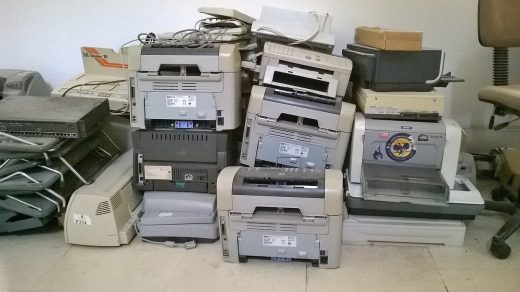It has a wide variety of uses, from creating plastic toys, to creating form-fitting packaging, to the making of prosthetics for the disabled. The process is widely used in many industries, from automotives and robotics to cosmetics, athletic equipment, and toy manufacturing.
The Machine: Vacuum forming machine come in many shapes and sizes. Some are big enough to fill a wall and create multiple parts, such as in the automotive industry. Others are no larger than an average table. In general, the machine works by heating a piece of thermoplastic until it becomes flexible and then pressing it onto a mold. A vacuum pump then pulls out all the air, so the thermoplastic fits precisely to the mold.
Molding Methods
Creating a vacuum-formed fuselage is a cost-effective way of producing aircraft fuselages suitable for any model-making activity, from remote-controlled airplane bodies to scale-model aircraft. Create your own DIY vacuum former from parts that can be purchased at any home improvement store. You can lower the costs of vacuum forming machine your fuselages by creating them in your own home using the DIY former, a vacuum cleaner, and your oven.
The Materials
There are a variety of thermoplastics used for vacuum forming, depending on the finished product. Making a single-use tray for packing baked goods doesn’t require much of the plastic: it merely has to retain its shape. However, making something more durable, such as a sign for a store, requires a harder plastic, one able to endure the elements. Materials may include polycarbonate (Lexan), polyethylene, and polypropylene, all of which must be heated to the right temperature to become pliable enough to mold.
Three-Dimensional Objects
While containers, trays, and helmets are all easily made using vacuum forming, some three-dimensional objects require more than a single piece. These three-dimensional objects require at least two sides that are then joined together. Such objects are hollow, making them lighter weight, but they can still be quite strong. Place the fuselage model centered onto the pegboard.
You may form your own fuselage model by carving a piece of extruded or expanded polystyrene foam found at a home improvement store or from model clay found at an art supply shop. Existing plastic fuselages can be plicated using vacuum forming machine as long as you have the permission of the opyright holder for the fuselage in question. Check heat tolerances of any material you’re using as a model to be certain it can withstand temperatures of up to 325 degrees Fahrenheit, which is the forming temperature of the polystyrene sheet.
Finishing the Product
Once the plastic cures or hardens as it cools to a normal temperature, it’s removed from the mold. Air is pumped back in, separating the mold and the plastic, sometimes with the help of a spray on agent that keeps the two from sticking together. vacuum forming machine can create sharp details, so if the mold was shaped beforehand, there is no need for hand-shaping of the product. Also, because the color and texture of the finished product can be formed in, there’s no need for painting. This reduces the costs of finishing the product, making vacuum forming machine economically.
Molds can be either “male” or “female,” meaning that they either form the plastic around their shape, or the plastic is pressed into their shape by the vacuum. For instance, when a tray is made for a given product, a model of that product made of heat-resistant material would be placed in the vacuum forming machine. However, in making something like a football helmet, a “female” mold of the helmet could be made, and the plastic pressed down inside it by the formation of the vacuum.




